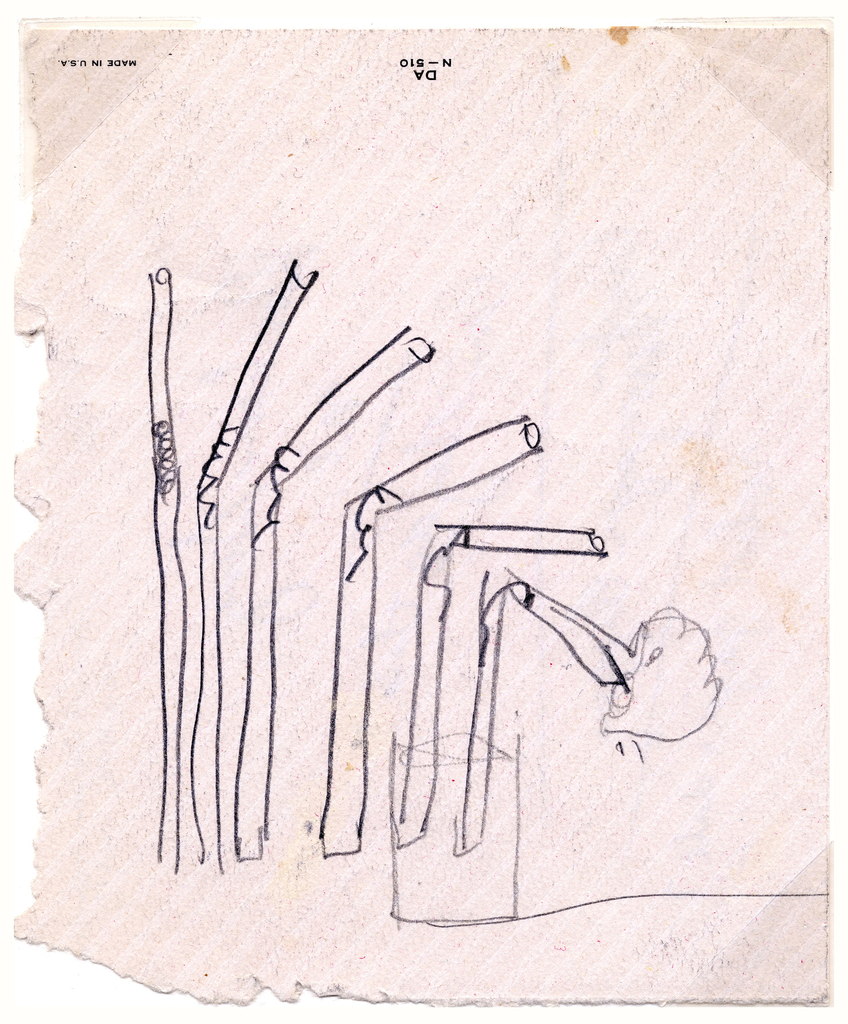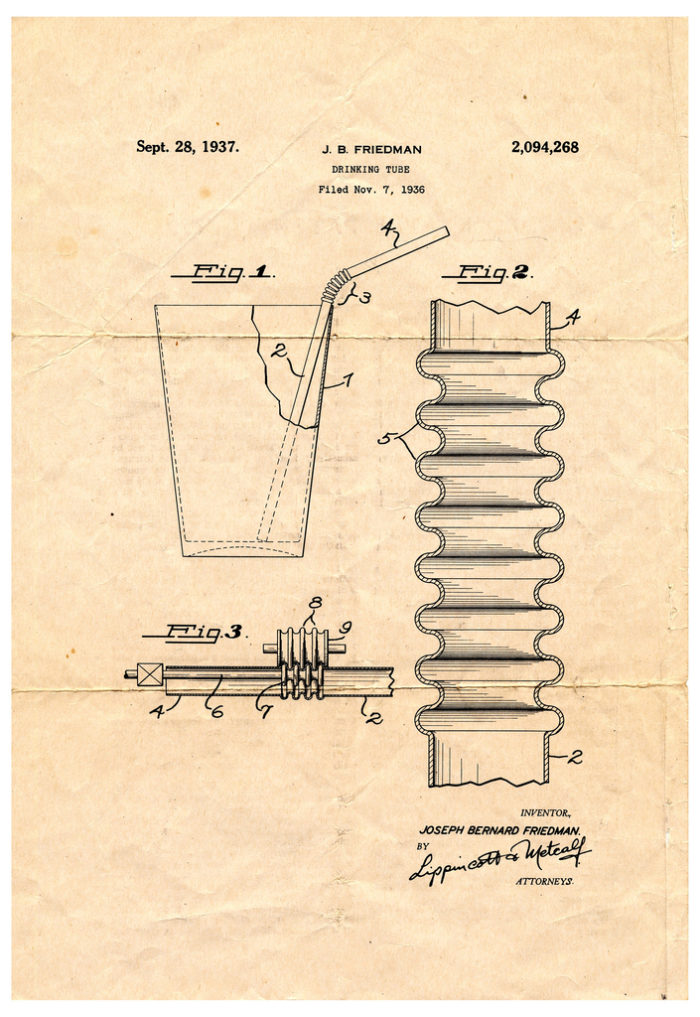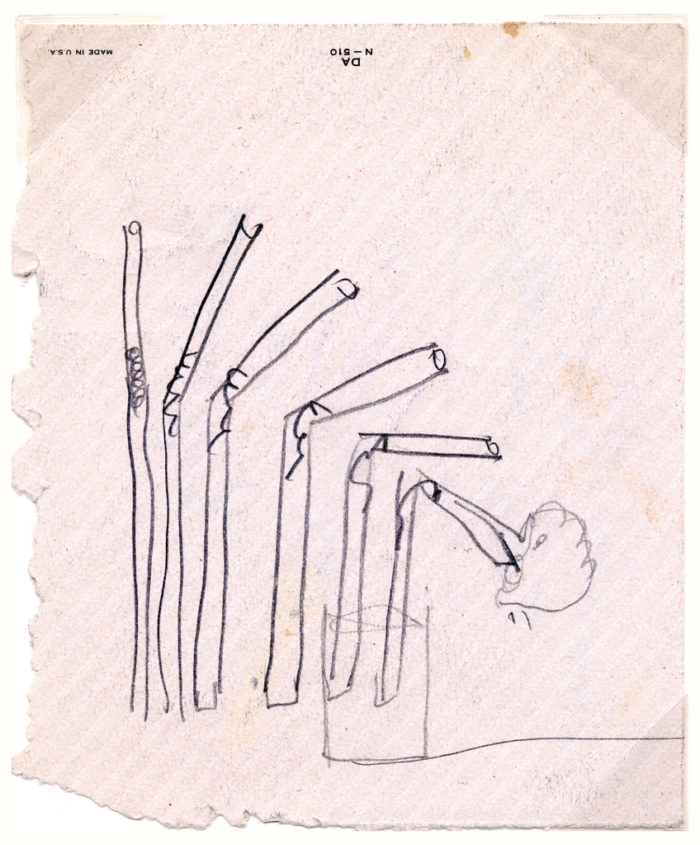Written by August de los Reyes
When I look at a bendable straw, I see a love story. As a designer, I have always thought of accessibility simply as good design, a kind of design hygiene that just has to be done. Navigating environments from my power wheelchair brought me to a conclusion: that accessibility is not enough. In 2001, the World Health Organization reframed of the definition of disability from the medical model to the societal model suggesting that disability is not an effect of some physiological or cognitive difference, rather, it is a mismatch between a person’s abilities and the environment or artifact with which she or he is interacting.
This shift set me on a path to understand the concept of inclusive design, both a critique and a complement to accessibility. While accessibility implies a work-around to an existing design to gracefully degrade an experience, inclusive design focuses on someone with an ability difference in mind from the beginning, assuming that what benefits this person will benefit all regardless if they share the difference or not. An everyday example is the curb cut. While curb cuts help people in wheelchairs and other mobility aids transition from sidewalk to street, many people take advantage of these affordances whether they’re walking their bike, a baby stroller, a delivery person with a hand-truck, or someone pulling a suitcase across a city street.
As I dug deeper into inclusive design, I found a history of innovations all borne out of addressing some kind of ability difference: the telephone was originally intended to help the Deaf; the keyboard was devised by someone whose lover, an Italian countess who had visual impairments, could not write him love letters without assistance; early email protocols were created by Vint Cerf so he could communicate more directly with his wife rather than relying on the relay service for the deaf and hard-of-hearing. The elegance and beauty of these and many other examples is they all have one thing in common, they are all love stories—expressions of innovation and creativity by designers and inventors all in the hope to be closer with the people they love.
When I see a bendable straw, I think of the father who was sitting at a diner watching his young daughter unable to drink her milkshake because she the straw was too high for her mouth. When he got home, he put a screw inside a straw and wrapped wire around the grooves, creating the first bendable straw. As I encounter everyday objects through the lens of inclusive design, I find myself surrounded by love stories.
August de los Reyes leads the product design team at Pinterest. As the former head of Xbox Design, August helped Microsoft break new ground for inclusive design in the digital arena. August holds an MDesS from Harvard and is a Fellow of the Royal Society of the Arts. This article was originally published in the Winter 2017 issue of Design Journal.



One thought on “Everyday Love Stories”
nancy ungar on February 4, 2018 at 6:27 pm
Will this show travel to the D.C. area?